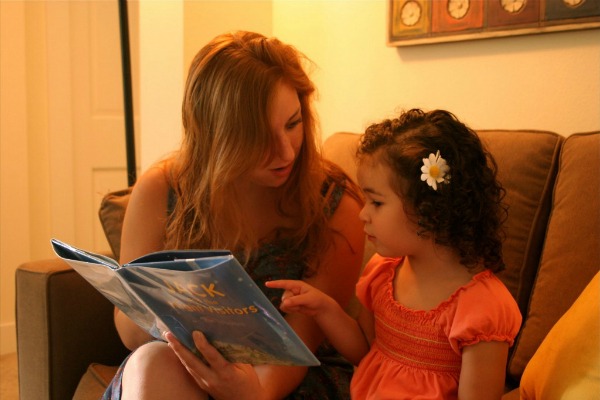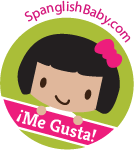Finding Spanish language picture books was a huge challenge when my chiquitos were chiquitos. The books I could find were often bad translations, and they were carísimos! I bought books in Mexico, but it was impossible to bring back enough. So, I translated stories as I read and searched endlessly for more.
This frustrating situation led me to explore picture books without words and I quickly came to appreciate the power of reading wordless picture books in Spanish. Even if you have access to children’s books in Spanish, wordless books provide a rich, interactive language experience. A 2011 Utah State University study found that these books promote more discussion than books with words and noted that “more complex language and interactions were present.” In other words, picture books without words are an excellent way to speak Spanish with your niños.
Parents sometimes think of wordless picture books as being for very young children, but these books tell complicated, fascinating stories. If you have read wordless picture books, you know how the illustrations tell the whole story, rather than just supporting the text. Children follow what is happening by identifying characters, emotions, actions and consequences.
Reading a wordless picture book in Spanish, you can use language your child understands and she can help contar el cuento. It is important to take time to talk about the pictures, follow up on what your child says, make connections and ask questions. Reading this way is fun, and your chiquitos will get lots and lots of Spanish.
Suggestions for reading wordless picture books with Spanish learners
- If your child is beginning to learn Spanish, talk about the pictures using simple sentences. You do not have to explain the whole story in detail. She will understand what is happening from the pictures.
- Children learn from patterns and repetition. Repeat sentence structures and words throughout the story.
- Include dialog. Imagine what the characters might say.
- Start by telling the story simply and add more detail when your child is familiar with the book.
- Expand on words your child knows by using synonyms.
- Encourage your child to help tell the story. Beginning learners can contribute a key word. With children who speak more Spanish, you can alternate pages. Many kids want to read the whole story once they are familiar with the book.
There are many beautiful picture books without words. Here is a printable list of some of my favorites, and your librarian will be happy to help you find others.
Wordless picture books can provide a rich Spanish language experience. However, wordless books by Latino authors/illustrators are hard to find, so the cultural dimension is usually missing. Fortunately, authentic Spanish language picture books are becoming more available, offering our niños both language and culture. Picture books without words are a wonderful way to supplement authentic literature and spend time speaking Spanish with your child.
Special thanks to Spanish Playground for providing this article. Visit their site for more activities to teach Spanish to kids.




I simply like the precious information and facts you offer on the articles. I am going to save your blog page look again here often. My business is relatively i might be knowledgeable lots of fresh goods right the following! Have fun for the!